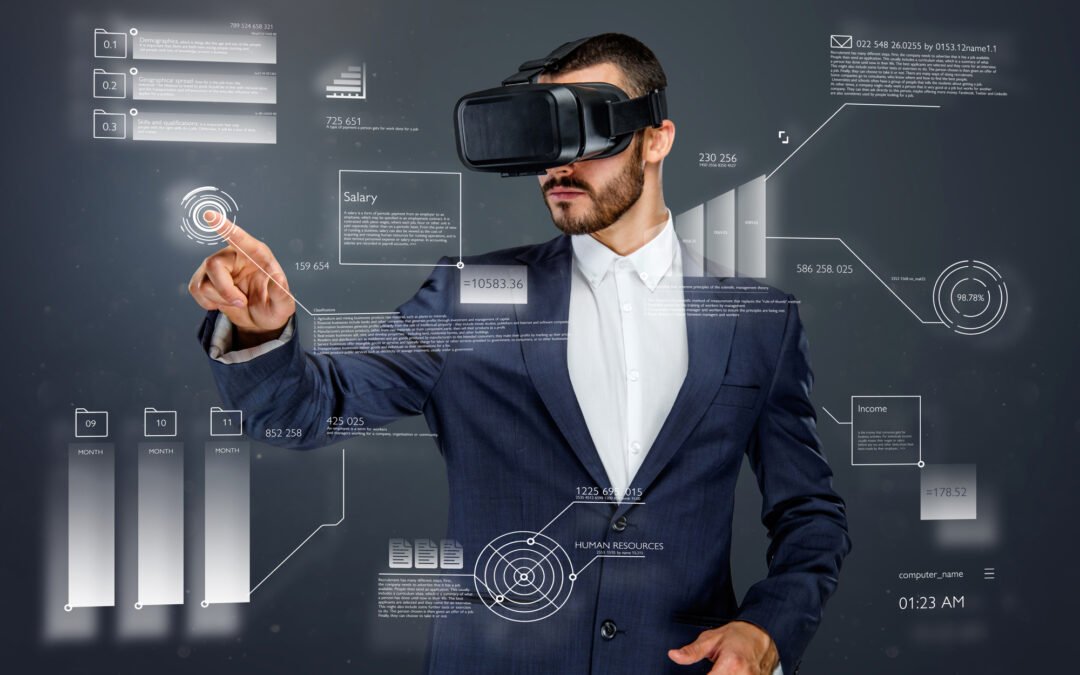Welcome to the future of human-computer interaction! Augmented Reality (AR) and Virtual Reality (VR) are transforming the way we experience the world and interact with digital content. Join us as we explore the cutting-edge technologies, their applications across industries, and the limitless possibilities they offer.
Introduction to AR and VR
Augmented Reality overlays digital information onto the real world, enhancing our perception of reality. Virtual Reality, on the other hand, immerses users in a completely virtual environment, often through headsets or goggles. Both technologies blend the boundaries between the physical and digital realms, creating immersive experiences.
Applications Across Industries
AR and VR have diverse applications that revolutionize industries:
- Gaming and Entertainment: VR gaming offers immersive experiences, while AR enhances interactive storytelling and virtual tours.
- Education: Virtual classrooms and AR-enhanced textbooks provide interactive learning experiences, improving engagement and retention.
- Healthcare: VR simulations aid in surgical training, therapy sessions, and treating phobias, offering safe and controlled environments.
- Retail: AR enables virtual try-ons, personalized shopping experiences, and showrooming, transforming the retail landscape.
- Architecture and Design: VR allows architects and designers to visualize projects in 3D, facilitating better collaboration and client presentations.
Innovations and Emerging Trends
Recent advancements in AR and VR include:
- Mixed Reality (MR): Combining elements of AR and VR to interact with both physical and virtual environments seamlessly.
- Haptic Feedback: Enhancing immersion with tactile sensations, allowing users to feel virtual objects and textures.
- Spatial Computing: Using sensors and cameras to map physical spaces, enabling more realistic interactions and gestures.
Challenges and Considerations
Despite their potential, AR and VR face challenges:
- Hardware Limitations: Cost and complexity of VR headsets and AR glasses may hinder widespread adoption.
- Content Creation: Developing high-quality, engaging content requires specialized skills and resources.
- User Experience: Ensuring comfort, reducing motion sickness, and addressing privacy concerns are crucial for user acceptance.
The Future of Immersive Technologies
Looking ahead, AR and VR promise:
- Enhanced User Experiences: Continuously improving realism, interaction, and sensory feedback for more immersive experiences.
- Industry Disruption: Transforming how businesses engage with customers, train employees, and design products.
- Social Impact: Connecting people globally through virtual spaces, fostering collaboration and creativity.
Conclusion
AR and VR are at the forefront of innovation, reshaping industries and redefining human-computer interaction. Stay updated on the latest trends and breakthroughs in immersive technologies by exploring our website. Join us in exploring the limitless potential of AR and VR as we navigate towards a more immersive and interconnected future.

